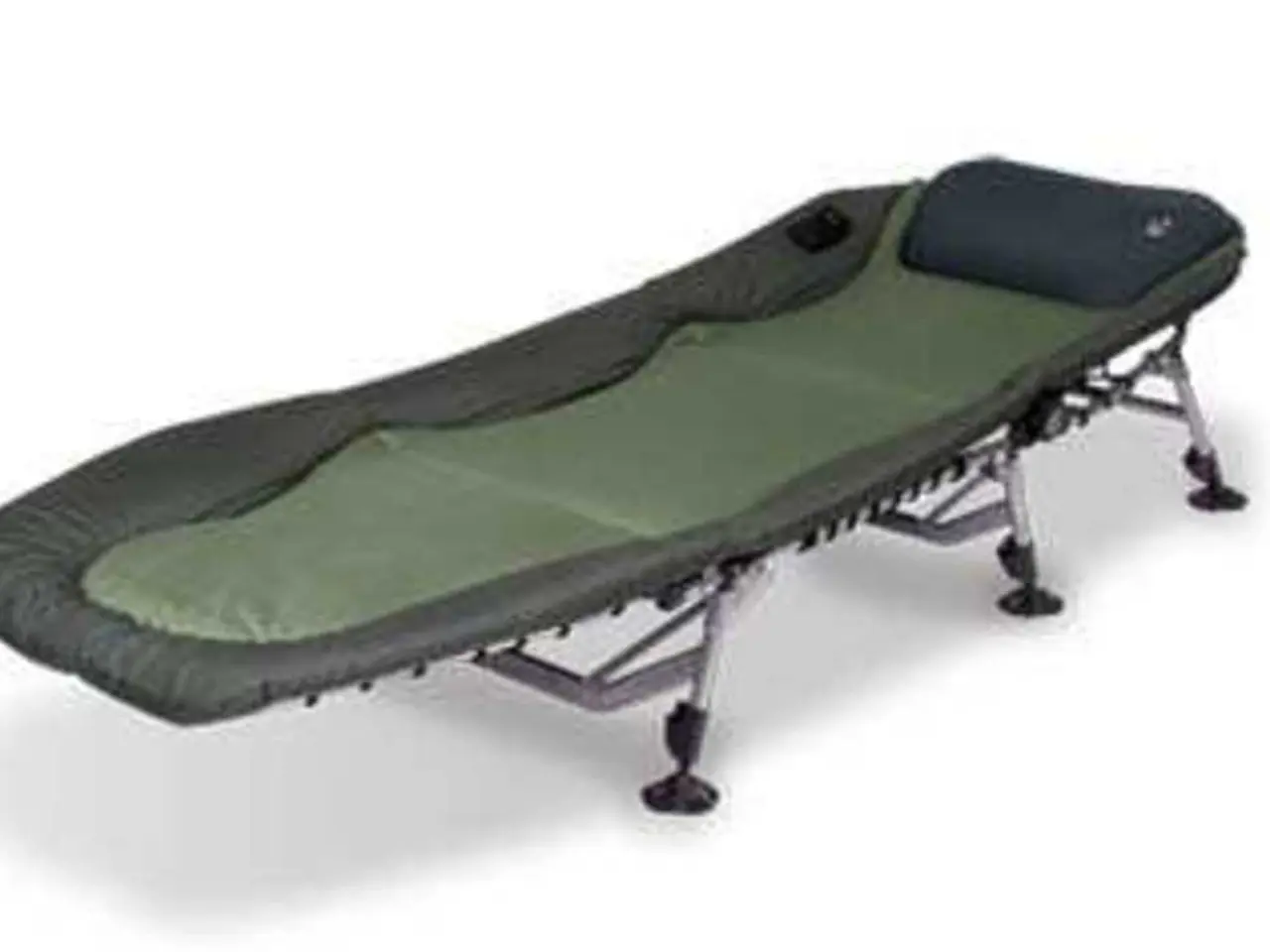Strengthening workouts for your thighs: Achieving muscle definition and losing weight
A variety of exercises target the thigh muscles, including the quadriceps, hamstrings, adductors, and abductors, for both toning and strength. These exercises can be divided into compound movements, isolation exercises, and isometric exercises.
**Compound Movements (Full Thigh Engagement)** - **Squats:** Engage the quadriceps, hamstrings, and glutes, building overall leg strength, power, and endurance. They are foundational for functional movements. - **Lunges:** Work all major thigh muscles, improving balance and unilateral strength. Variations like reverse lunges with knee lifts add a dynamic component that can enhance coordination and endurance. - **Deadlifts and Romanian Deadlifts:** Focus on hamstrings and glutes while also engaging the quadriceps and inner thighs for strength and stability. - **Step-Ups:** Mimic real-life movements and are excellent for building thigh and glute strength and endurance. - **Side Lunges:** Specifically target the inner and outer thighs, improving hip mobility and stability.
**Isolation Exercises (Targeted Muscle Groups)** - **Clamshells:** Isolate the gluteus medius and outer thighs, critical for hip stability and injury prevention. - **Side Leg Lifts:** Focus on the outer thighs (abductors), promoting muscle definition and stability. - **Inner Thigh Pulses:** Target the adductors (inner thighs), improving muscle tone and flexibility. - **Glute Bridge Hip Abduction:** Activates the glutes and outer thighs, especially when combined with a resistance band for added intensity.
**Isometric Exercises (Static Strength)** - **Wall Sits:** Build endurance and strength in the quadriceps, hamstrings, and glutes without movement, ideal for improving muscular endurance and stability. - **Planks:** While primarily a core exercise, planks also engage the quadriceps and glutes, contributing to overall leg stability.
These exercises improve leg strength and endurance in several ways. Strength gains are achieved through compound exercises like squats, lunges, and deadlifts, which recruit multiple muscle groups simultaneously. Endurance is increased through high-repetition bodyweight exercises (e.g., squats, lunges, side leg lifts) and isometric holds (e.g., wall sits), which enhance the muscles’ ability to sustain effort over time. Balance and stability are improved through isolation moves (clamshells, side leg lifts) and unilateral exercises (single-leg lunges, step-ups), which strengthen stabilizer muscles. Muscle tone is achieved through consistent training with a mix of compound and isolation exercises, leading to leaner, more defined thigh muscles.
Functional fitness is another benefit of these exercises, as many of these movements replicate everyday activities (squatting, stepping, lifting), making daily tasks easier and reducing fatigue during prolonged activity.
Here is a sample thigh-focused routine:
| Exercise | Sets x Reps | Primary Muscles Targeted | |-------------------------|------------------|---------------------------------| | Bodyweight Squats | 3 x 15–20 | Quads, Hamstrings, Glutes | | Reverse Lunges | 3 x 12/side | Quads, Hamstrings, Glutes | | Side Lunges | 3 x 12/side | Inner/Outer Thighs, Glutes | | Glute Bridge Hip Abduction | 3 x 15 | Glutes, Outer Thighs | | Clamshell | 3 x 15/side | Gluteus Medius, Outer Thighs | | Wall Sit | 3 x 30–60 sec | Quads, Hamstrings, Glutes |
Key points to remember include: - Mix compound and isolation exercises for comprehensive thigh development. - Incorporate both dynamic and static (isometric) movements to maximize strength and endurance gains. - Progressively increase resistance or repetitions to continue challenging the muscles and avoid plateaus. - Focus on proper form to prevent injury and ensure optimal muscle engagement.
Consistent practice of these exercises will lead to stronger, more toned thighs, improved leg endurance, and better overall lower-body function.
- Regular exercise is beneficial for managing diabetes, as it aids in maintaining a healthy weight and improving insulin sensitivity.
- For individuals with psoriatic arthritis, exercises that help maintain flexibility, such as yoga and swimming, can alleviate joint pain.
- Obesity is one of the risk factors for ulcerative colitis, and adopting a health-and-wellness lifestyle, including regular fitness-and-exercise, can help manage this condition.
- Macular degeneration is a vision problem associated with aging, and regular physical activity can help slow its progression.
- Exercise can help alleviate symptoms of depression, such as improved mood and reduced anxiety.
- HIV patients can benefit from regular exercise, as it boosts the immune system and increases overall health and well-being.
- Dry eyes, a common condition, can be relieved through diaphragmatic breathing exercises, which help reduce tension in the muscles around the eyes.
- Hepatitis, caused by a viral infection, can be managed through adherence to a healthy lifestyle, including regular exercise and a balanced diet.
- Arthritis patients can benefit from exercises that focus on core strength and posture, such as pilates, to alleviate pain and improve mobility.
- Exercise can help slow down the progression of age-related muscle degeneration, keeping muscles strong and flexible.
- Alzheimer's disease can be delayed through regular exercise, which helps improve cognitive function and reduce the risk of dementia.
- Incorporating fitness equipment like resistance bands, kettlebells, and dumbbells into workouts can help add intensity and variety, aiding in weight loss and muscle building.
- Migraine sufferers can benefit from low-impact exercises like walking and swimming, which can help relieve migraine symptoms over time.
- Science has predicted that cancer patients who incorporate regular exercise into their treatment plan have a better chance of recovery and fewer side effects.





